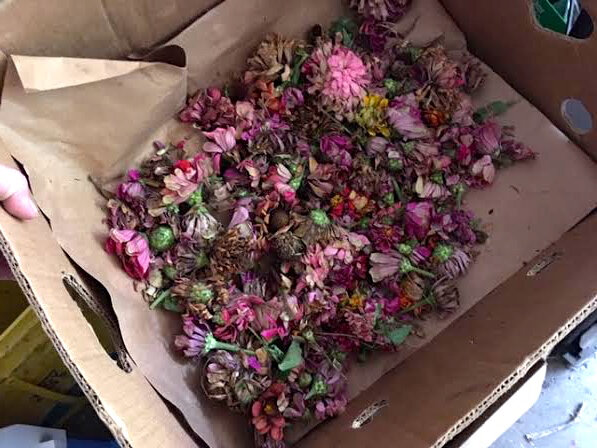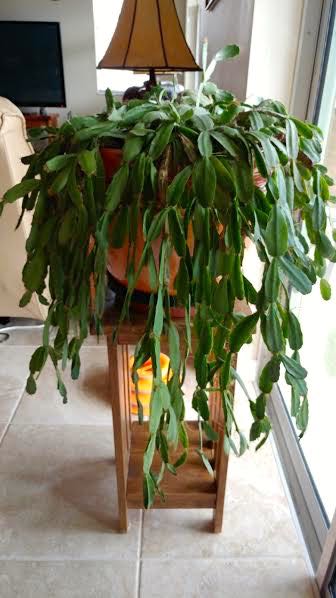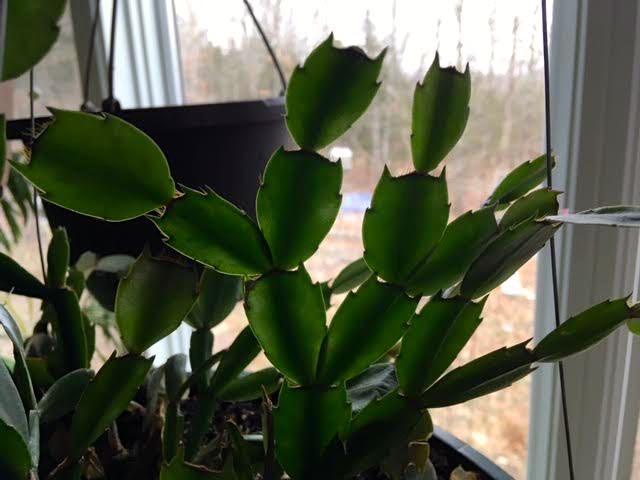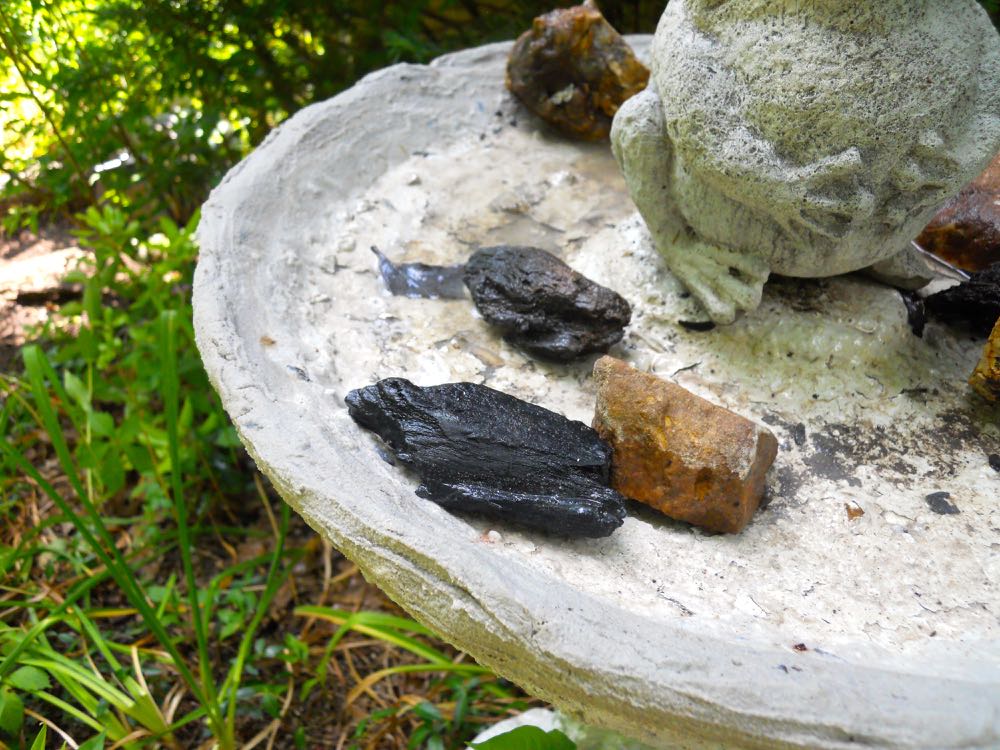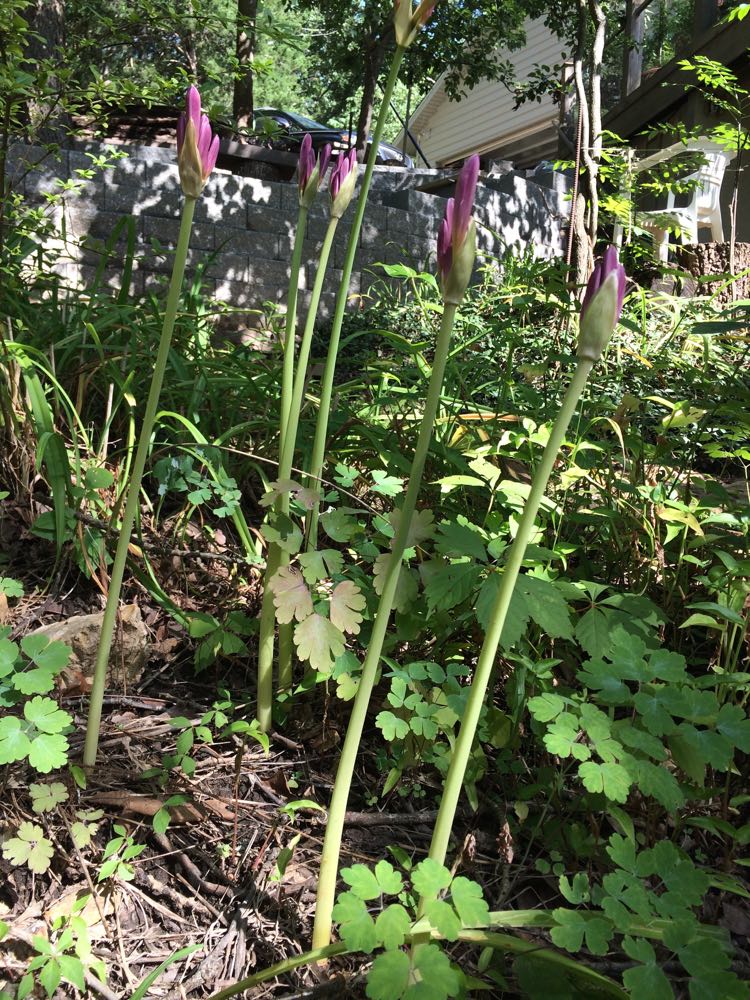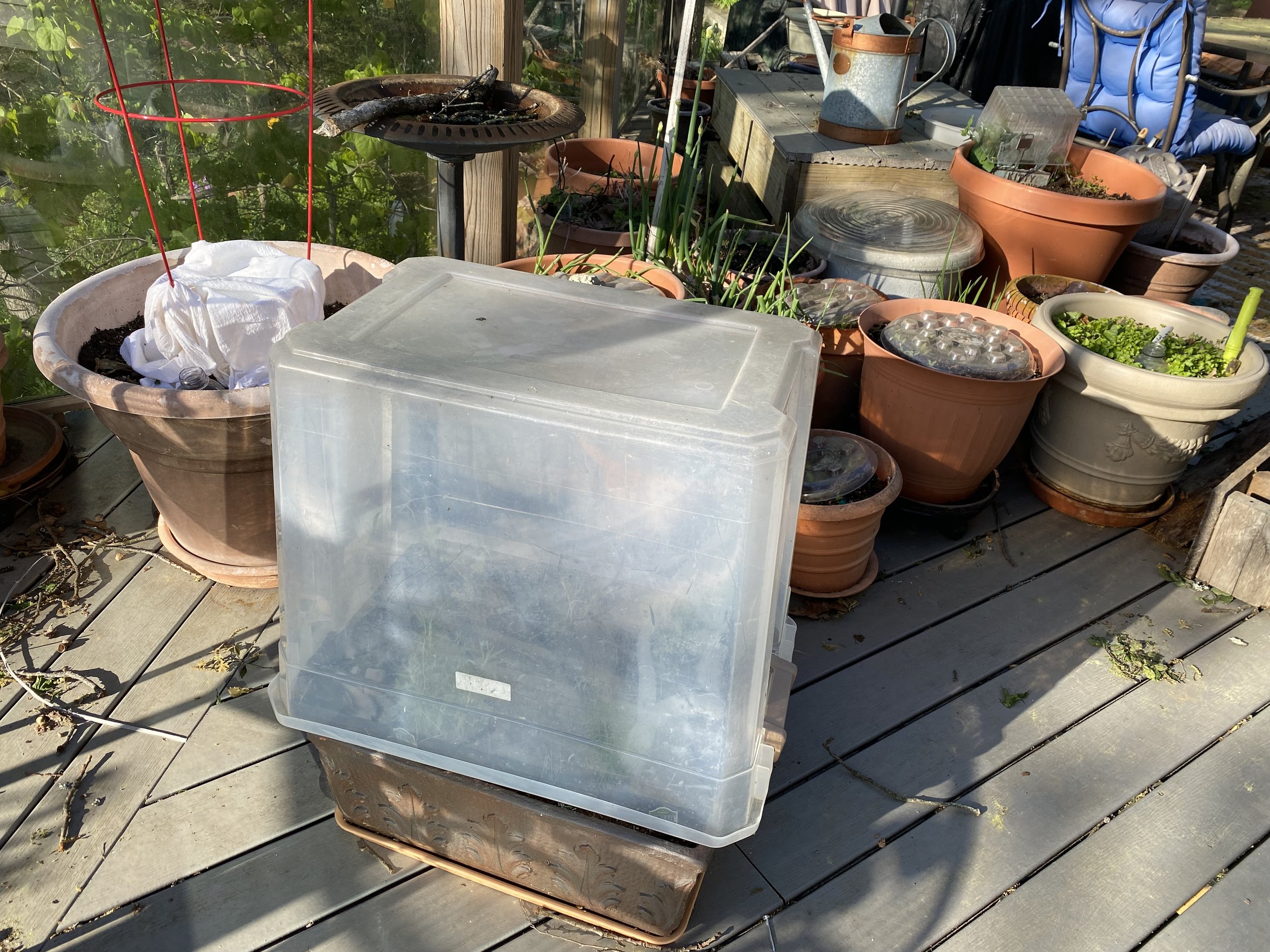How to Dry Zinnias
/This is a new stash of zinnia seed heads getting dried in a brown box. (Photo by Charlotte Ekker Wiggins)
These zinnia seeds rotted instead of drying out for next year planting. (Photo by Charlotte Ekker Wiggins)
“Charlotte, something is wrong with my zinnia seeds. I tried to dry some and they look gray and yucky. What did I do wrong?” — Melissa
How to Dry Zinnias
Hi Melissa, do they look something like the ones in the photo? If so, they didn’t dry, they rotted from too much moisture. As you can see, I have some as well.
I had a little stash of drying zinnia flower heads in an old planter but it didn’t get enough air to dry out the seeds. The idea is to give them time to dry but not rot. I also didn’t place a paper towel under the seeds to absorb moisture, which is also why they rotted.
On the other hand, my big stash of zinnia seeds were properly dried and I’m on my second seed collection so this is how it should look as you get started.
You need a brown bag or newspaper to help absorb moisture. Paper towels will also work. I am using a brown cardboard liner that came with the brown cardboard box. Remember there’s a hole in the bottom of these boxes or you might spill your zinnias all over the place.
Spread the zinnia seed heads across the bottom so they are flat. If you have more zinnia flower heads than space, spread them out in a second box. You want to keep them one flower head deep so they can dry.
I turn them every time I walk by, ensuring air gets through them as they dry. It also helps me determine whether they are ready for storage.
This is how they should look when they are dry and ready to save.
I save the flower seed heads intact, takes too much time to separate them. (Photo by Charlotte Ekker Wiggins)
In case this was your one and only zinnia seed stash, let me know, I will be glad to share some of mine.
Zinnias make excellent pollinator food. Although they are not native wildflowers to mid-Missouri, I try to plant some every year. They are easy to grow, pretty to have in the garden and nice cut flowers in addition to feeding a wide range of pollinators.
I think of them as gateway flowers. Once you plant them, you will be encouraged to keep planting flowers and we need all we can get.
Ok, try again, they are worth it!
Charlotte

